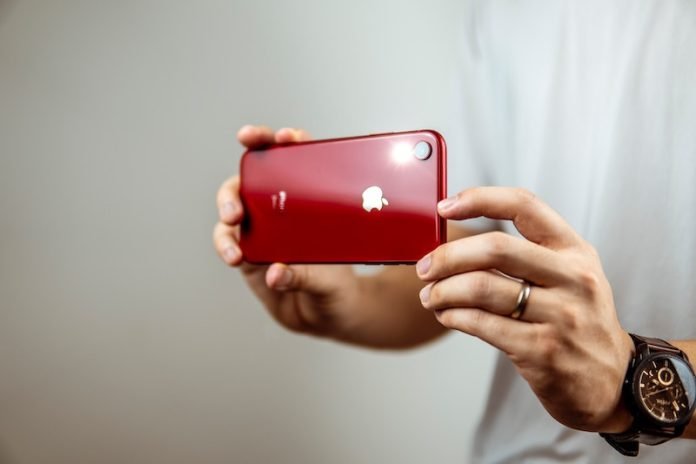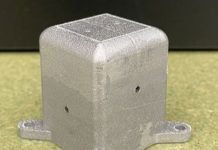
A groundbreaking study led by researchers from UCL and the Royal Free Hospital has developed a smartphone app capable of detecting critical changes in the skin tone and eye color of patients with advanced cirrhosis, signaling a need for medical intervention.
The research, available in PLOS Digital Health, presents a non-invasive, cost-effective solution for monitoring liver cirrhosis progression in patients from the comfort of their homes.
Monitoring Bilirubin Levels with a Click
Bilirubin, a yellow pigment evident in the skin or eye (jaundice) when liver function is impaired, is traditionally checked through a professional blood test and analysis in a healthcare setting.
Elevated bilirubin levels in patients with advanced cirrhosis signal a deterioration of liver function, and thus, an urgent need for medical assistance.
The novel smartphone app developed by the researchers effectively discerns the severity of jaundice, analyzing calibrated images of a patient’s forehead, the white of the eye, and the lower eyelid to train an algorithm that predicts bilirubin levels.
Impressively, when validated against blood test data, images of the white of the eye offered the most accurate correlation.
Addressing Liver Disease: An Urgent Need for Effective Monitoring
Liver disease, having witnessed a 400% increase in mortality rates in the UK between 1970 and 2010, is the third most common cause of premature death amongst working-age individuals in the country.
The smartphone app brings forth a potential for more regular, home-based patient monitoring, aiding in the detection of symptom exacerbation before it reaches a critical point.
Professor Raj Mookerjee (UCL Medicine) emphasized the importance of this technological intervention by acknowledging the rapidity with which liver disease can worsen in patients.
The proposed approach allows for more frequent monitoring, and critically, can detect worsening clinical signs and symptoms before they become perilous.
Challenges and Moving Forward
A key challenge the study aimed to address was discerning the degree of yellowness in cirrhosis patients, which can be fifty times higher than normal.
Professor Mookerjee highlighted that while jaundice is easily identifiable, the essential factor lies in determining the degree of yellowing, indicative of liver function deterioration.
The smartphone app provides this critical accuracy.
Future plans involve a larger trial to verify the safety and accuracy of this approach. If validated, patients could utilize the app to frequently take eye pictures, informing clinical care providers of any significant bilirubin changes requiring management alteration.
Bridging Technology and Healthcare
Dr. Terence Leung (UCL Medical Physics & Biomedical Engineering) celebrates the improvement of smartphone camera technology, allowing the development of innovative, economical solutions to pressing healthcare needs with devices readily available at home.
This initiative stands as a testament to the powerful impact of integrating technology and healthcare to enhance patient monitoring and management in liver disease.
If you care about liver health, please read studies about a diet that can treat fatty liver disease and obesity, and coffee drinkers may halve their risk of liver cancer.
For more information about liver health, please see recent studies that anti-inflammatory diet could help prevent fatty liver disease, and results showing vitamin D could help prevent non-alcoholic fatty liver disease.
The research findings can be found in PLOS Digital Health.



